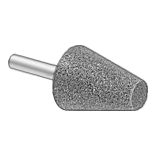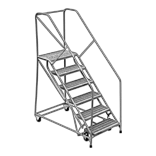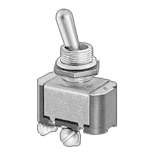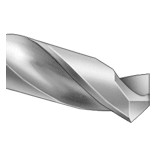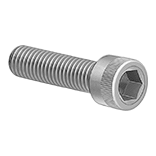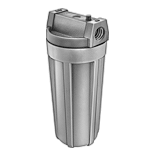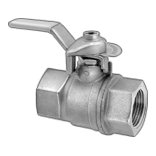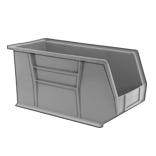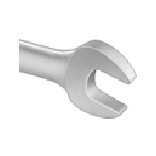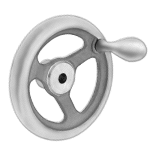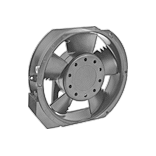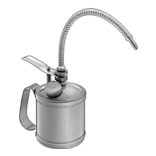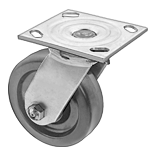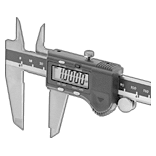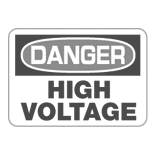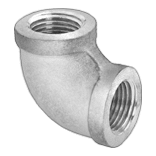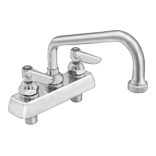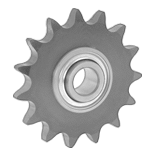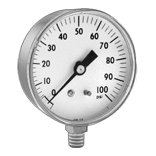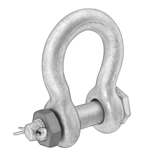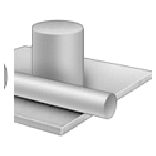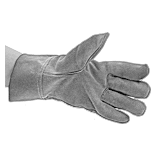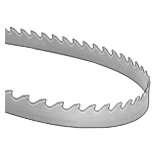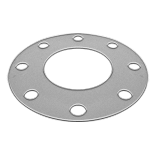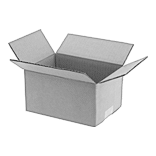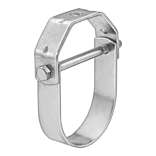About Paint and Protective Coatings
More
Epoxy Potting Compounds for Harsh Environments
Tough enough to be permanently submersed in seawater, these compounds protect sensitive electronics, such as circuit boards, semiconductors, and sensors in harsh environments. They resist moisture, salt, and chemicals, so you can use them in corrosive oil, marine, and mining applications. These compounds can also be used within autoclaves. Because they are epoxies, they are rigid, resist wear, and create excellent electrical insulation. They withstand a wide range of temperatures, and this formulation won’t crack or split as components heat up and cool down.
They come in a cartridge, so you can apply them precisely. To dispense, they require a mixer nozzle and gun (both sold separately).

Dry Time | |||||||||||
|---|---|---|---|---|---|---|---|---|---|---|---|
| Container Size, fl. oz. | Consistency | Touch, hrs. | Overall, hrs. | Hardness Rating | Dielectric Strength, V/mil | Temp. Range, °F | Environment | For Use On | Autoclavable | Each | |
| 1.69 | Thick Liquid | 12 | 24 | Extra Hard | 500 | -50° to 350° | Corrosive, Salt Spray, Submersible | Brass, Bronze, Copper, Steel, Stainless Steel, Cast Iron, Titanium, Polystyrene Plastic, Polycarbonate Plastic, Polyurethane Rubber, ABS Plastic, PVC Plastic, CPVC Plastic, PVDF Plastic, Polyimide Plastic, HDPE Plastic, Nylon Plastic, PEEK Plastic, Polyethylene Plastic, UHMW Plastic, Polypropylene Plastic, Glass | Yes | 0000000 | 000000 |
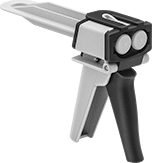
| For Cartridge Size | Each | |
| 1.69 fl. oz. | 00000000 | 000000 |
| For Cartridge Size | Each | |
| 1.69 fl. oz. | 00000000 | 00000 |
Urethane Potting Compounds for Harsh Environments
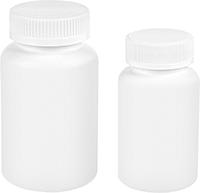
From shore to sea floor, these potting compounds are formulated for permanent submersion in water—even salt water. Use them to protect circuits and splices in pumps, underwater lighting, and other underwater electronics from corrosion and chemicals. Made of urethane, they withstand a wide range of temperatures, especially cold underwater conditions. They provide good electrical insulation and have excellent flexibility. Since they’re more flexible than epoxy compounds, they’re often used to protect against vibration and impact.
Mix the two parts of these compounds together and pour them over components inside a potting box or other container. If mixing causes air bubbles, put the mixture in a vacuum chamber to remove them.
Dry Time | ||||||||||||
|---|---|---|---|---|---|---|---|---|---|---|---|---|
| Container Size, fl. oz. | Consistency | Touch, min. | Overall, hrs. | Hardness Rating | Dielectric Strength, V/mil | Thermal Conductivity, W/m-K | Temp. Range, °F | For Use On | Color | Cannot Be Sold To | Each | |
| 12.6 | Thin Liquid | 10 | 24 | Hard | 370 | 0.3 | -55° to 245° | Aluminum, Brass, Bronze, Copper, Steel, Stainless Steel, Ceramic, Glass, Polycarbonate Plastic, Polyurethane Rubber, ABS Plastic, PVC Plastic, Polyimide Plastic, Garolite | Black | Canada | 0000000 | 000000 |
